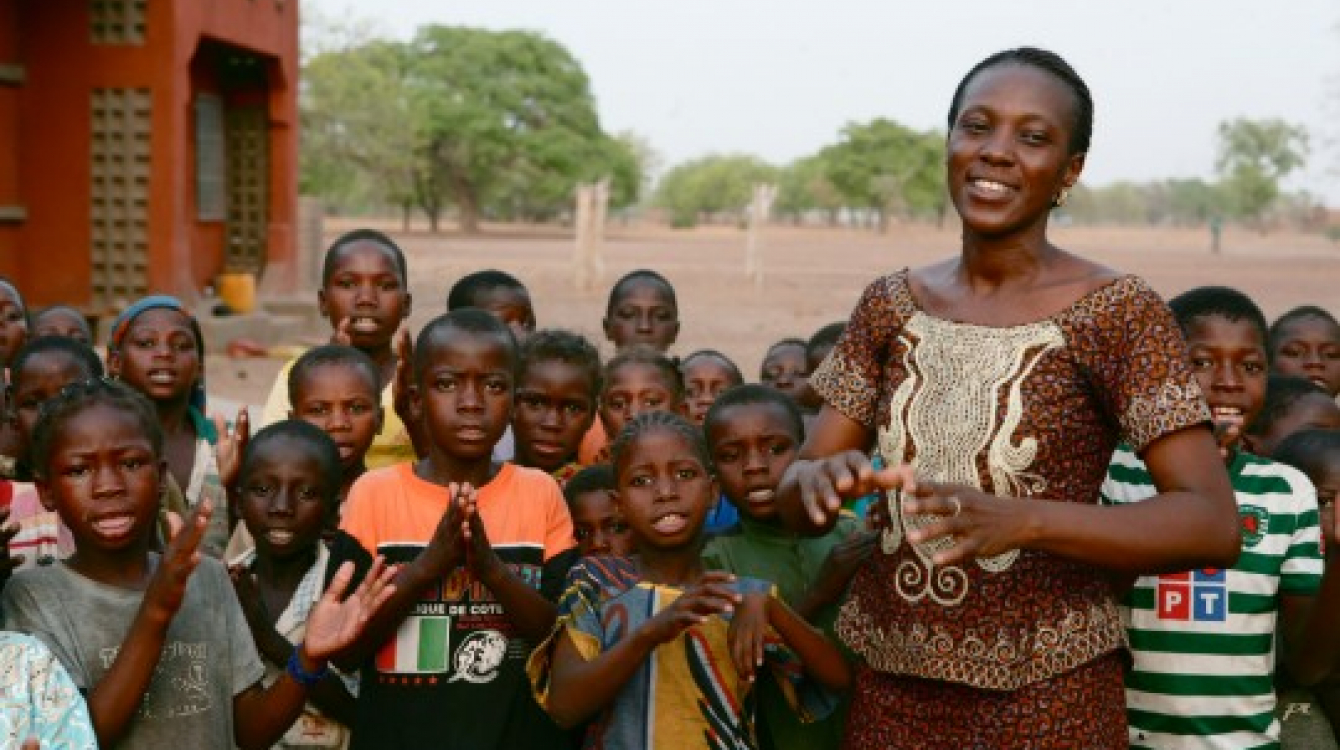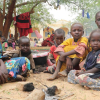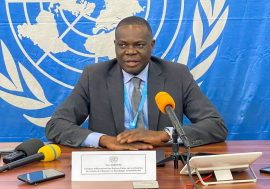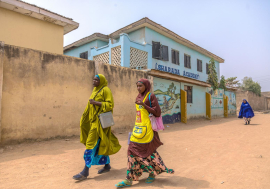Avoid stigma when measuring SDG achievements
Avoid stigma when measuring SDG achievements
At the upcoming United Nations Summit, member states will reach an agreement on the Sustainable Development Goals (SDGs). Development practitioners will then engage in monitoring the achievements of the goals and targets. As was the case with the Millennium Development Goals (MDGs), country, regional and global level progress reports are likely to proliferate.
Just to recall, MDG monitoring reports were not free from criticism. First, the reports stigmatised countries that showed slow but positive progress. For instance, when a country fell short of meeting a target, say in maternal mortality, the country was called “lagging”, “sluggish” and “off track”.
Second, the MDG goals were set as global targets and therefore country comparisons were inaccurate. Goals and targets, which were global averages and uniform across countries, severely penalised countries that started from low levels.
Third, the methodology used to measure MDG progress underestimated the relative good performance made by the least developed countries, particularly Sub-Saharan African countries.
Finally, setting unrealistic goals and targets, while expecting that they can in fact be universally met, runs the risk ofundue pessimism about development.
Going forward, the SDGs need to be measured in terms of the commitment of countries, as measured by theireffort to accelerate progress and not by whether they met a given target or not. The goals and targets should only serve as aspirations. Why?
Because, comparing SDG achievements among countries will place at a disadvantage those whose starting point is far from the indicators’ maximum or minimum boundaries. For instance, “reducing at least by half the proportion of people living in poverty (SDG Target 1.2)” would require a higher level of performance from a country that will start with 70% of its population below the poverty line than from a country where only 10% of the population is initially poor.
Conversely, natural constraints can make it harder to improve targets further as the indicators approach the minimum possible boundary. Reducing maternal mortality from 300 per 100,000 births to 200 may be easier than reducing it from 100 to 70 (SDG Target 3.1). Similar to the ‘last mile problem’, the remaining 30 mothers may be harder to reach because they live in remote areas or because of cultural practices.
Therefore, measuring progress towards the SDGs: 1) should recognise that the targets’ initial levels are not the same across countries; 2) must account for effort appreciation, in the sense that the targets will be harder to achieve when a country’s baseline indicator is approaching its upper or lower limits; and 3) move away from global and regional level analysis to more localised measurements of performance.
This approach avoids labelling countries as “failures”, lest they fall short of meeting the SDGs by 2030.
















